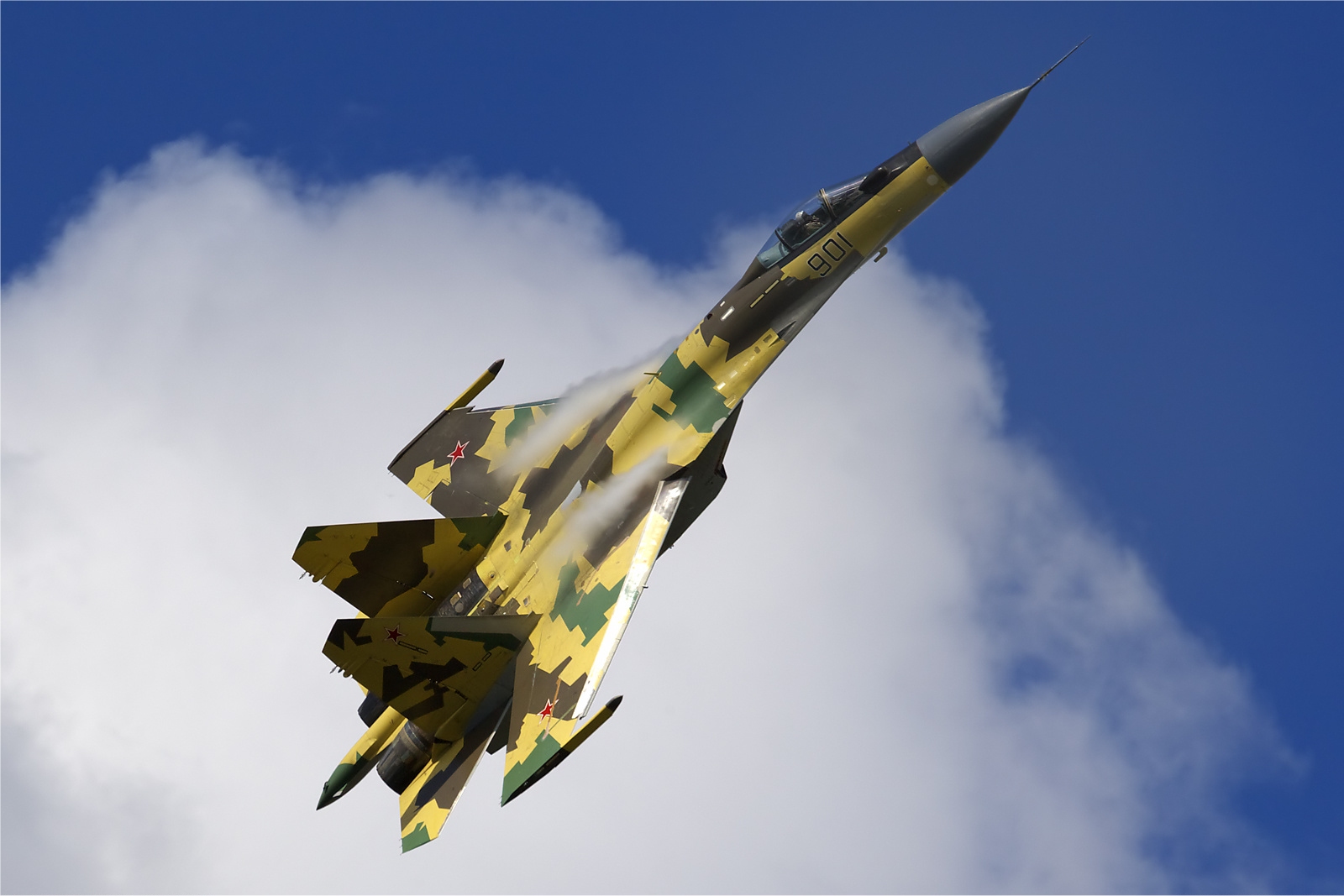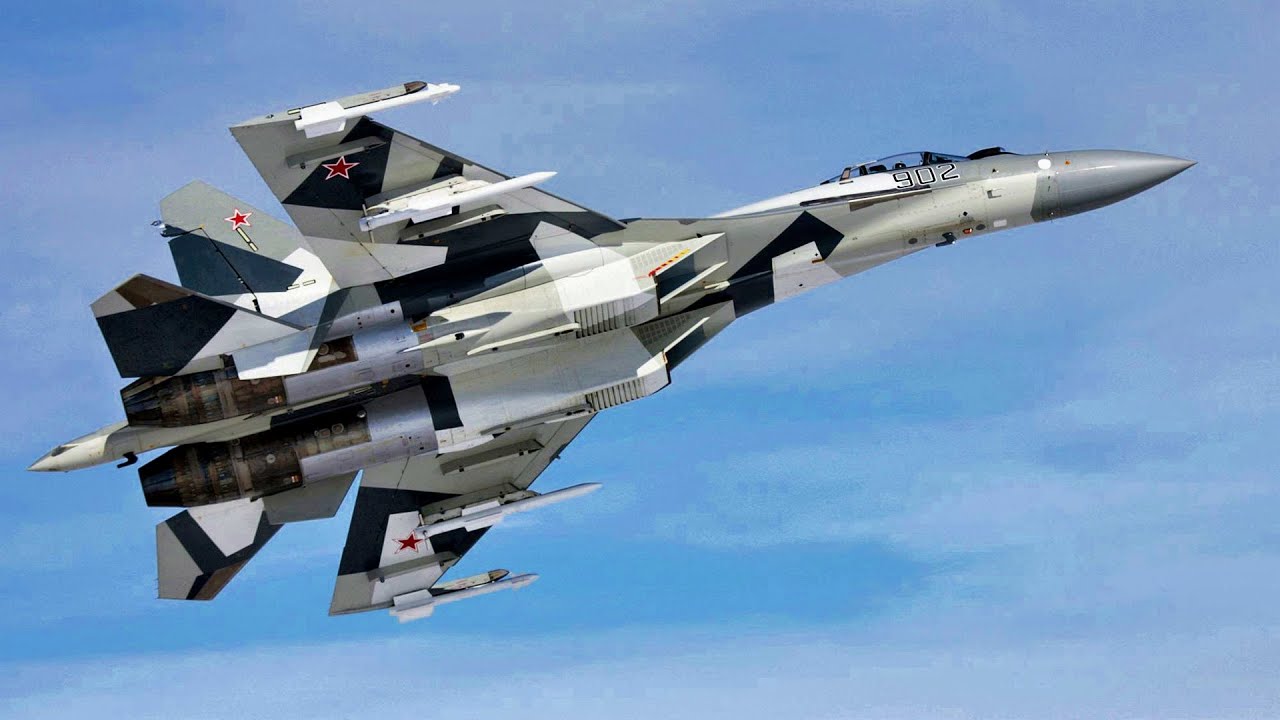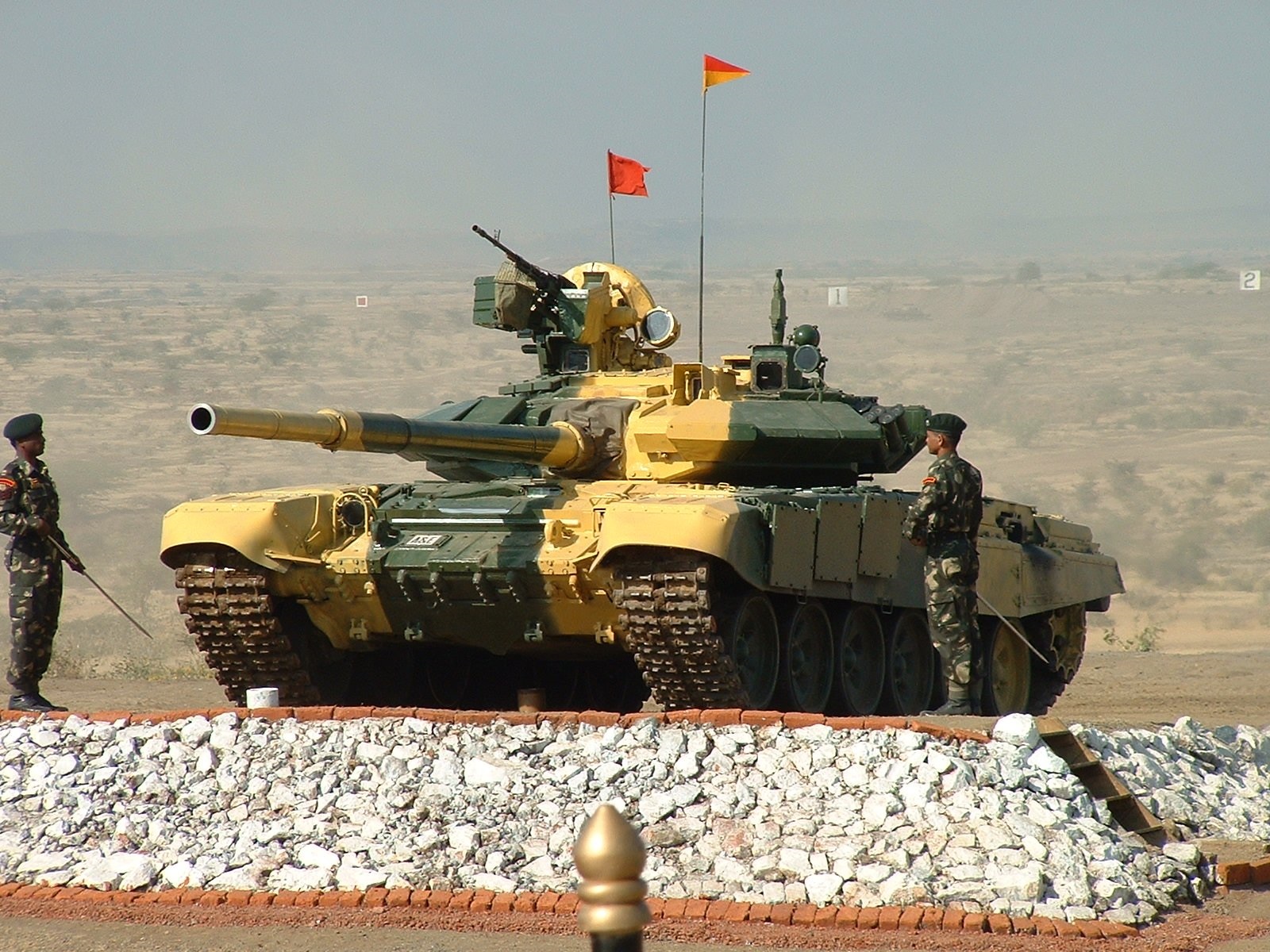The Ukraine war has seen Russia losing a significant number of aircraft, tanks and armored vehicles. The biggest shock, though, was the revelation that Moscow’s most advanced non-stealth fighter plane, Su-35, had been shot down by Ukrainian forces.
It now looks like it is destined to become a critical challenge for the Kremlin, as its most advanced piece of technology may slip into the hands of the United States.
The secret long-range targeting system of Russia’s most sophisticated fighter plane is being examined by British and American scientists, Express reported. Though the aircraft was destroyed, reports claim that enough of the targeting system remained for a thorough examination.
The fighter jet, dubbed “Flanker” by NATO, was undertaking a so-called Suppression of Enemy Air Defenses (SEAD) operation when it was brought down near Izium, some 75 miles east of Kharkiv, on April 3, as previously reported by the EurAsian Times.
Now, as scientists in the United States and the United Kingdom investigate the remnants of a fighter jet, experts believe it might make a “huge difference” in how the West conducts air-to-air warfare with both Russia and China, inflicting a severe blow to Russia’s military and industrial complex.
Specialists from the Ukrainian Air Force were able to recover critical and previously secret pieces from the wreckage and notify British intelligence. The systems were then taken to the Government’s Defence, Science and Technology Laboratory (DSTL) in Porton Down, Wiltshire, where boffins and two US Air Force specialists spent 10 days analyzing them, the report revealed.
The preliminary evaluation was so promising that the systems were transported to Nevada, US, for further forensic analysis.
The Su-35 single-seat twin-engine fighter jet inherited the Su-27’s long operational range, large armament payload, and formidable dogfighting capability. This jet is usually said to be the finest for air superiority operations.

Moscow is believed to operate this jet in good numbers. As a result, the possibility of NATO members studying its sophisticated inner workings would certainly alarm Russian air force leadership.
Prof Alessio Patalano of the Department of War Studies at King’s College, London, told the Express that “While this war has been predominantly a land campaign which has focused on the least advanced and modernized elements of Russia’s military, we need to remember that Russia still has capabilities that contain the technological edge of great interest to the West.”
“The SU-35S isn’t a simple drone – it is a sophisticated and very advanced piece of machinery that took decades to develop. Once its tech is stolen, it isn’t easily fixable and you can be sure that, depending on what the UK and US discover, Russia will be worried,” he added.
China Keeping A Close Eye
Considering that the Chinese PLAAF (People’s Liberation Army Air Force) possesses, after Russia, the world’s biggest fleet of Su-35 fighter planes, this news may come as a shock to its military planners. China signed a $2 billion contract with Russia in 2015 to purchase 24 of the 4.5 generation extremely maneuverable aircraft.
The circumstances surrounding the downing of a Su-35 fighter plane are already being investigated by Chinese defense experts. Beijing has reason to be concerned about this predicament since the Flanker-E is the PLA Air Force’s most potent fighter plane. Chengdu J-20 stealth fighter is unlikely to be completely operational despite receiving certain operational capabilities.
The 24 Su-35 Flankers purchased from Russia were previously rumored to be stationed in southern China, stretching Chinese airpower deep into the South China Sea. This demonstrates China’s confidence in this fighter plane.
China maintains its advanced weaponry under wraps. These sophisticated weapons are frequently considered a danger to the US and its allies. Knowing how the Su-35 jet’s system works will assist the US in developing a countermeasure for it.

“Examining this system won’t just allow NATO to understand Russian capabilities. China has been worried since the beginning of operations in Ukraine precisely because this could happen,’ Patalano said.
He also noted that because China reverse engineers whatever Russian supplies it, parts from the SU-35 are believed to have been included in its other, indigenous, J-Class fighters, such as the powerful Chengdu J-20.
“The West doesn’t have much insight into Chinese technology so, in terms of command and control and long-range capabilities, this is a unique opportunity which could, potentially, make a huge difference. If you know the frequency a system operates on, for instance, you can disrupt it,” he added.
India Also Worried About Its Tanks
Scientists at UK’s Defense Science and Technology Laboratory are also investigating the remnants of a T-90, Russia’s most advanced battle tank. It is designed to hit low-flying air targets such as helicopters with explosive reactive armor (ERA) at a range of up to 5 kilometers.
India employs tanks and weaponry similar to those of the Russian army. The Indian Army is a major user of Russian armor, such as the T-90, T-72, and BMP-series infantry combat vehicles. The Indian Army reportedly operates 2,000 T-90s of different variants.
It was previously reported that the Indian Army is keeping a close eye on the Ukraine conflict. Furthermore, it is seeking to utilize lessons learned from the present conflict while designing future combat tanks.

This discovery, however, may not only expose systems to NATO counter-measures but may also jeopardize future military sales to other nations, a critical income source for cash-strapped Russia.
- Contact the author at ashishmichel@gmail.com
- Follow EurAsian Times on Google News




